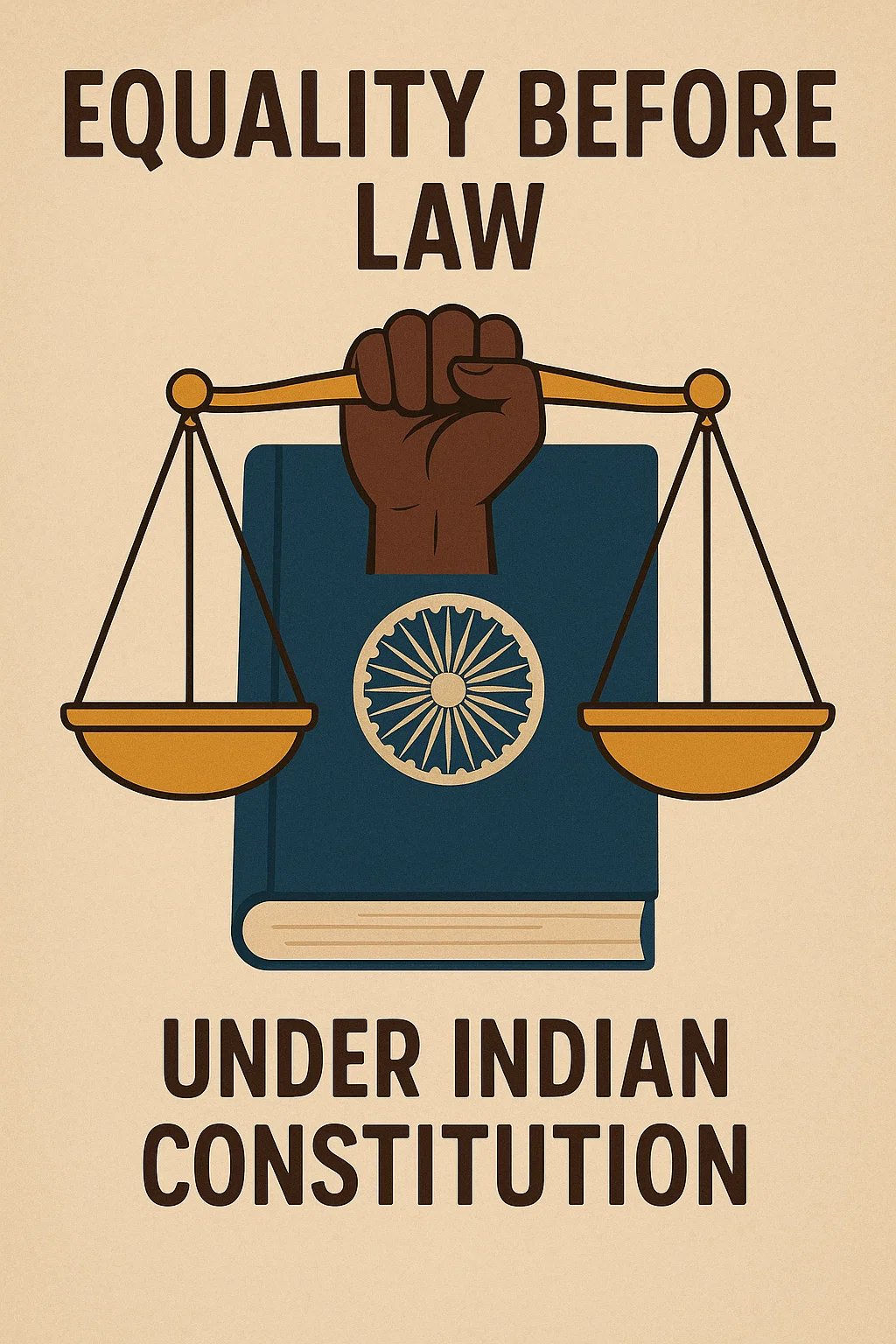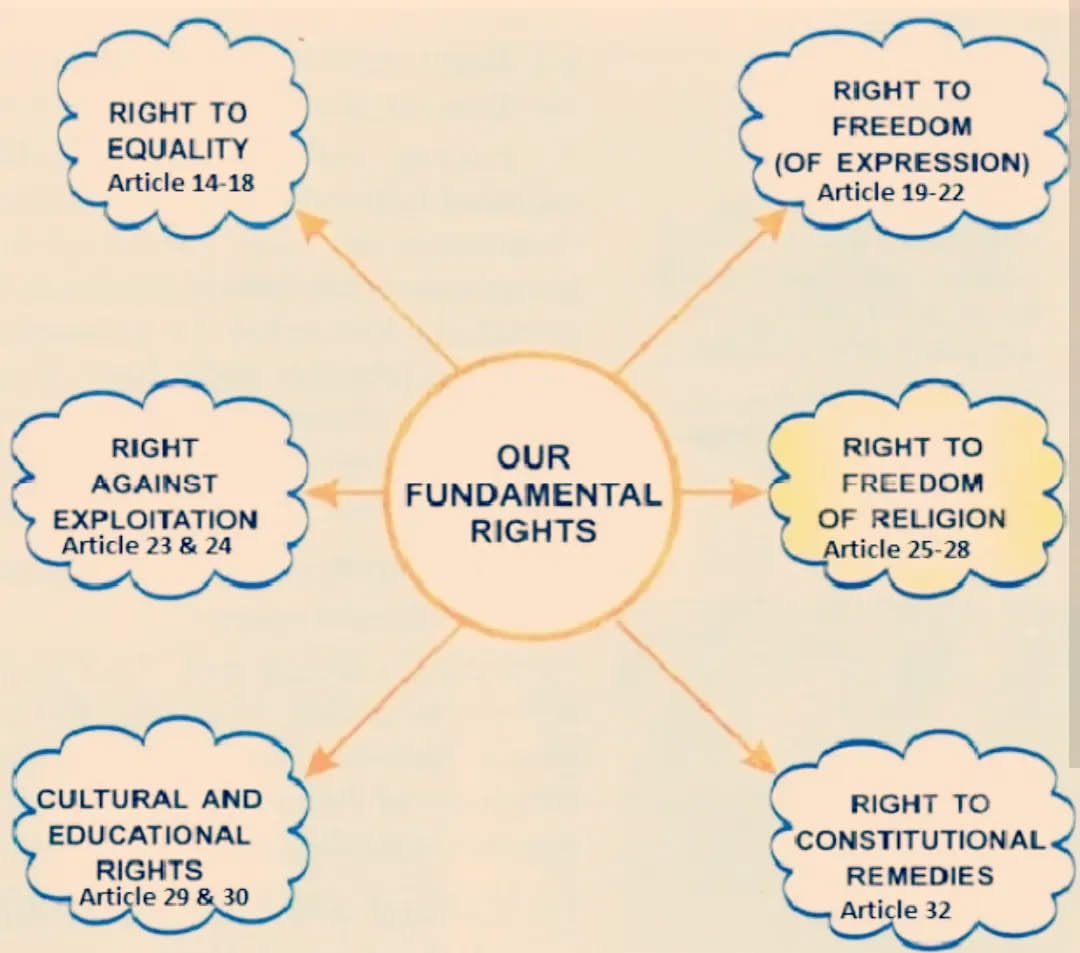Right to Equality-Article 14-18
Introduction “All men are created equal” — this powerful phrase, popularized by the U.S. Declaration of Independence, The Right to Equality forms the bedrock of the Indian Constitution, enshrined under Part III – Fundamental Rights. It’s a legal formality and a moral commitment to uphold human dignity, ensure social justice, and build a democratic society. … Read more


